7 solid strategies to boost customer loyalty and retention in 2023

SEO Outreach Specialist

Share
Boosting customer loyalty and retention should be one of your business's top priorities.
Whether you like it or not, you can’t deny its importance.
Statistics say that:
It is 5 to 6 times more expensive to acquire new customers than to retain old ones
Loyal/satisfied customers are more likely to refer your company to their friends
Just a 5% increase in customer retention can increase company revenue by 25-95%
These are just a few points that illustrate the importance.
To boost these two aspects, you can take advantage of different customer retention and loyalty strategies. I've listed seven less-known ways to do, so let's take a look at them below.
7 Lesser-Known Strategies For Increasing Customer Loyalty And Retention
Let’s go straight to the main subject and examine the seven strategies more closely.
1. Have an omnichannel customer service in place
Unlike in the 90s, when there was only a telephone, customers now contact you on a platform they choose.
The main channels for contacting revolve around:
Email
SMS
Website forms
Social media
As communication diversifies, omnichannel customer service becomes more and more a necessity to keep your customers satisfied.
Your competitors may already offer omnichannel customer service, or they are considering investing in one. Assuming they don't have one, you have a great opportunity to stand out.
The question is, how do you actually create an omnichannel customer service?
In general, companies can accomplish this by utilizing a platform like contact center as a service (CCaaS) which centralizes all customer conversations in one place, allowing customers to receive consistently excellent service regardless of whether they are calling, emailing, or using live chat on your website.
Using Dialpad as an example, you can connect your existing phone numbers, chat, and email platforms to one unified platform so that all interactions are automatically logged and can be answered from the same place.

2. Take advantage of cross-channel personalization
This ties in to omnichannel customer service.
Cross-channel personalization involves using data from multiple channels to create a personalized experience for each customer.
Let's look into two examples of this in action.
Cross-channel personalization using previous customer interactions
Let's say a customer first texted you, then messaged you on Facebook, and later on started a live chat on your website.
You could use all of this information to provide the customer with a personalized customer service experience.
To do the above, you need to have an omnichannel customer service platform in place, which allows you to access customer data from multiple channels.
When done correctly, it can greatly impact customer loyalty and retention. Plus, it simplifies the job of your customer service representatives.
Cross-channel personalization using customer purchase history
Another example of cross-channel personalization is to use a customer's purchase history to personalize any future email marketing campaigns you send them.
To give you an example of this, my colleague Seray ordered products from a brand called Torrid earlier this year. When she reached the checkout, she filled in her birthday, and later the same year, she received the following email from Torrid:

Torrid dives even more deep into the birthday theme in the email copy:

Torrid presents a perfect example of how to improve customer retention by using customer purchase history.
To implement a similar strategy, you will need an email marketing automation tool that allows you to segment your audience based on their past purchases.
3. Maintain regular contact with your customers
Maintaining regular contact with your customers not only helps to build strong relationships but also allows you to gather valuable feedback to improve your business.
Here are some ideas for staying in touch with your customers:
Share company updates: If you have new products or features coming up, your customers most likely want to know about them, especially if it has an impact on the way they use the product.
Offer live demos: Consider offering live demos or webinars to showcase your products or services and answer any questions your customers may have.
Schedule meetings with customers: Your communication with customers shouldn't only stay behind the screens. To learn more about your customers, you can schedule regular meetings with them to discuss their needs and how your business can continue to meet those needs.
Send personalized messages: Regularly sending personalized messages to customers shows that you care about their experience. Like the example I showed in the previous section, this can even be in the form of a birthday or holiday greeting or a thank-you note for their loyalty.
Collect and implement feedback: Asking for and implementing feedback has a direct correlation to customer brand loyalty. A study found that 83% of customers feel more loyal to brands that respond and resolve complaints.
Depending on what you're contacting your customers about, you're best off using emails, SMS, or phone calls.
4. Educate, don't just sell
The key to keeping customers loyal is not just selling your products or services but educating and providing value.
Again, you can do this on multiple channels (meet your customers where they are). The channels are different for different businesses, but the main ones usually are:
Calls and SMS messages
Email
Social media
Let's take a closer look at each one.
Educating with calls and SMS messages
On both calls and SMS messages, educating and providing value to customers can mean having personalized demo calls, offering helpful tips and advice related to customer inquiries, or providing product demonstrations.
This is something Dialpad focuses on. Customers of Dialpad can get a live demo call directly from their support team.

Plus, if a customer hasn't made a purchase yet or they’re looking to upgrade the current plan, Dialpad offers sales support in eight different languages.

While the sales support is intended mainly for new potential customers, it’s good to remember that a strong customer relationship begins even before the purchase.
Educating with email
With email, you can educate customers by sharing tips and tricks, product updates, customer success stories, and newsletters or by sharing your brand values.
Having a weekly newsletter is one of the main strategies the email marketing automation platform Drip uses when it comes to educating and keeping its customers loyal.
In the weekly emails, Drip always keeps the first sections focused on providing value to their target audience (DTC businesses wanting to increase their revenue with emails).

After providing value and educating the readers, Drip has its call to action for its email marketing solutions.

Educating on social media
On social media, where people go to have fun, you can approach customers with a more playful approach, as Duolingo does. They have gathered over 7.5 million followers and 165+ million likes on TikTok by taking a playful approach to education.

The comment section of Duolingo proves how effectively they increase brand loyalty with their strategy:
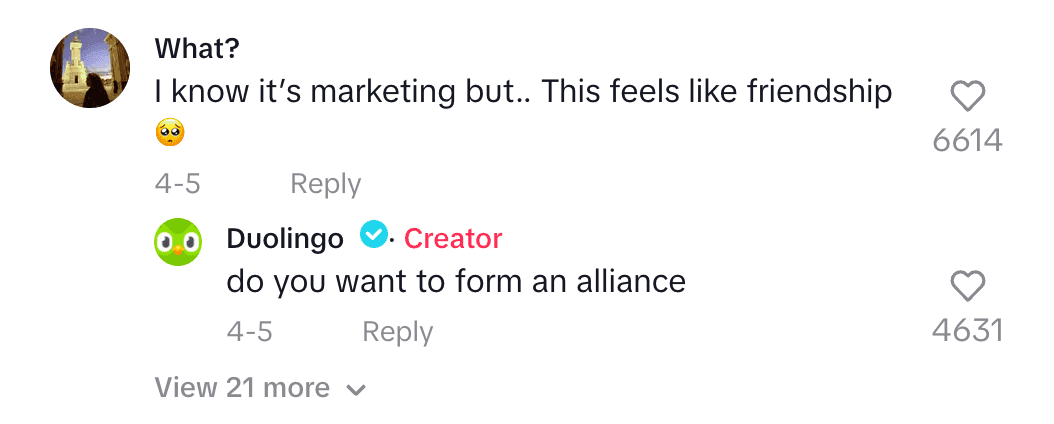
5. Make use of customer reviews (social proof)
Social proof refers to the influence that other people have on a person's decision-making process. This can be in the form of customer reviews, case studies, testimonials, or recommendations from friends and family.
According to the Power Reviews 2021 report, 98% of consumers feel that social proof in the form of reviews is an essential resource when making purchase decisions.
The good thing is that when it comes to building brand loyalty, you can take advantage of customer reviews in a variety of places.
For Brooklinen, a retailer of sheets, it means showing reviews of their happy customers in their emails.

Brooklinen sends these customer reviews by email to potential and existing customers to establish trust and, in the long run, make customers more loyal to their brand.
With a similar goal, you can share customer success case studies with your customers. A newsletter platform, Beehiiv makes use of this strategy by sharing customer success stories with its email subscribers.

In addition to sending customer reviews by email, you can also include them on your website.
This is an area that Dialpad focuses on with its customer success story page.
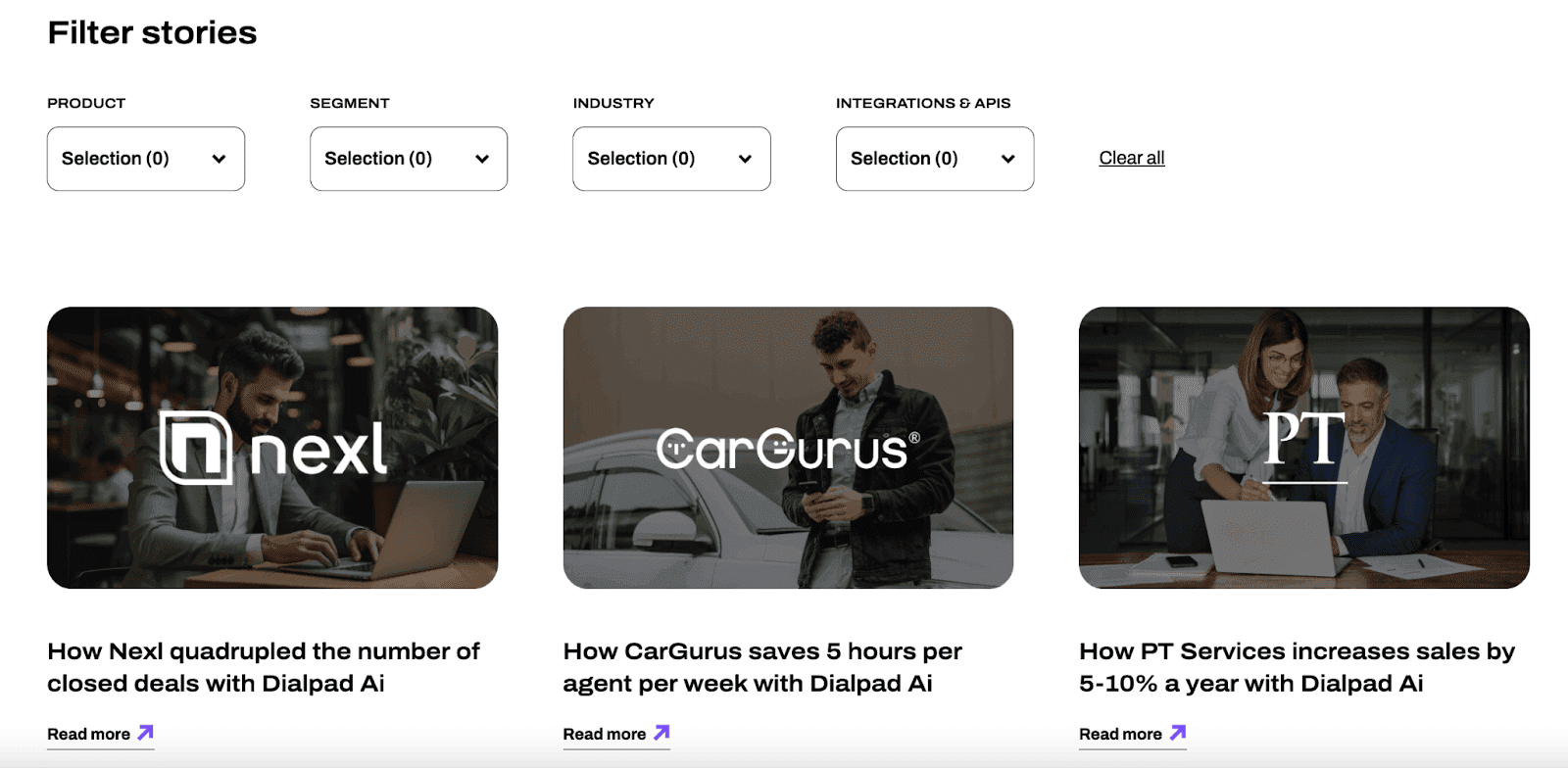
Plus, you can find other forms of customer reviews everywhere on Dialpad’s home page.

6. Utilize customer loyalty programs and gamification
It's not without reason that many companies have customer loyalty programs. They are proven to be effective in making customers return.
McKinsey did a study on customer loyalty programs and found out that members of a customer loyalty program are 59% more likely to choose a brand over competitors. They are also 43% more likely to buy from you weekly.
Whether you are a small or large business, a well-crafted loyalty program can produce similar results.
This is something the beauty product brand Sephora does effectively. Sephora has a loyalty program called “Beauty Insider,” and they encourage all existing and potential customers to sign up for it.
As part of their strategy, their customer loyalty program incorporates gamification by offering different levels of loyalty.

Sephora categorizes its members into “Insiders,” “Vib,” and “Rouge,” with each level offering better benefits.
When a customer orders new products, Sephora informs them by email what new products they will soon be able to purchase and what their point balance is.

To entice customers to open the emails, Sephora creates catchy subject lines that are tailored to each customer's situation:

In the same way, you can create your own loyalty program and incorporate gamification to make it more engaging for your customers.
7. Use the right customer loyalty and retention tools
To retain and build customer loyalty, businesses can take advantage of different available tools.
Let's look into some of the best options.
1. Dialpad for Better Customer Connections
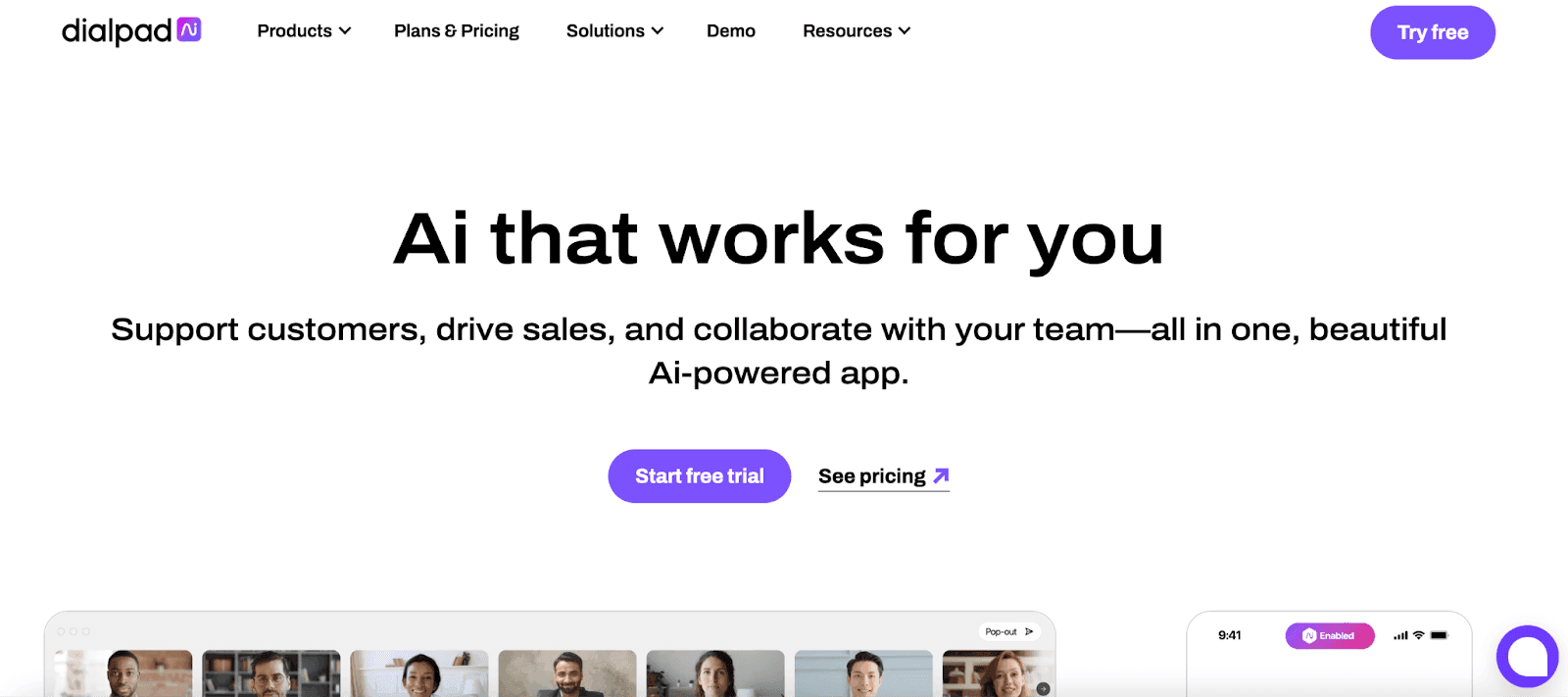
Dialpad is a cloud-based contact center platform that allows businesses to efficiently manage their customer calls and messages. It comes with features like call recording, AI-powered text transcriptions, and analytics, which help customer service reps improve the level of customer service they can offer.
With a unified view of all customer interactions, Dialpad enables you to better understand your customers and provide more personalized service for them.
2. Drip for Marketing Automation
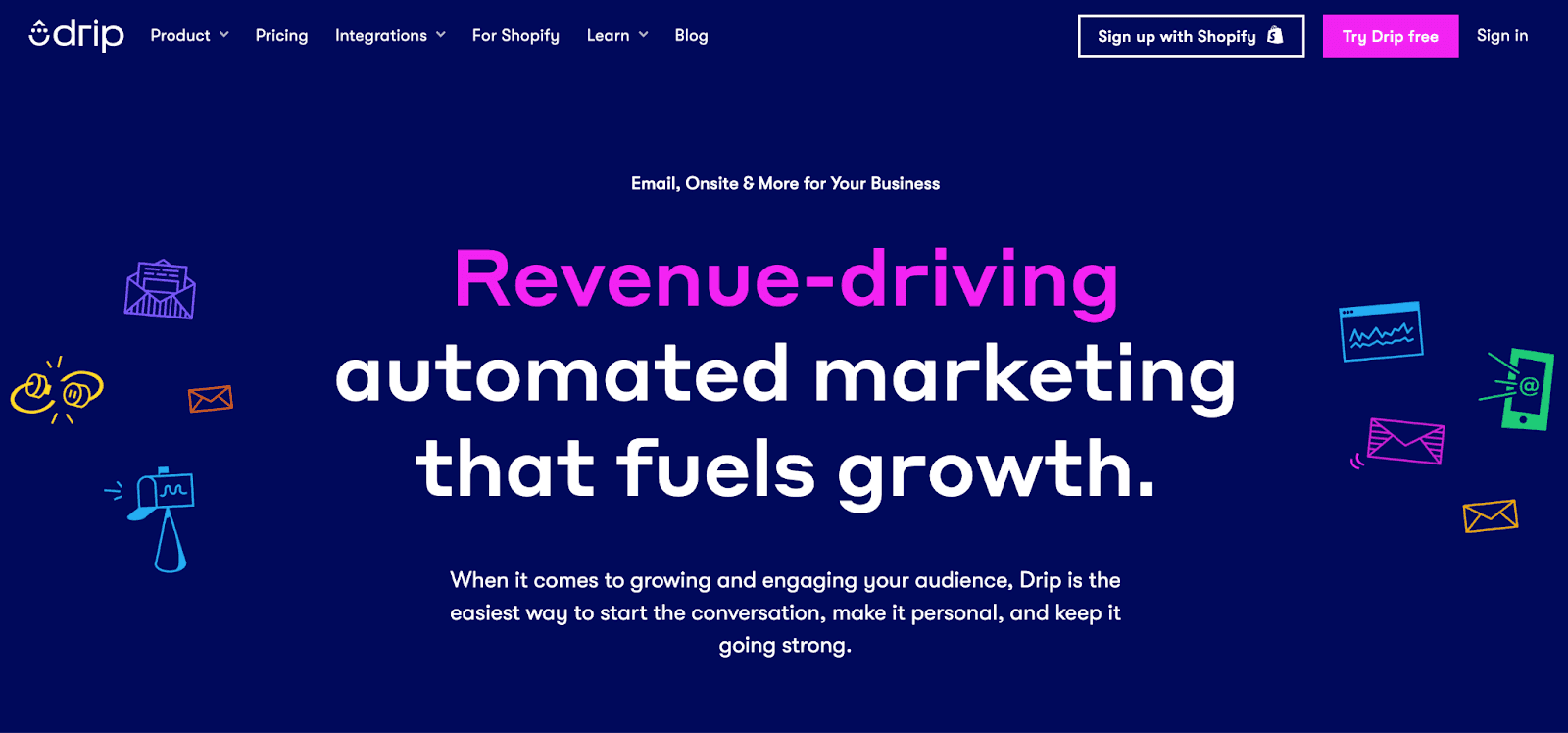
Drip is an email marketing automation tool focusing on helping DTC businesses create more loyal customers through personalized and targeted emails.
Drip lets you segment your customers and create highly targeted email campaigns for each group. Someone who has made a purchase recently can receive a series of welcome emails diving deep into your brand values, while someone who hasn't made a purchase in a while can receive a special offer or discount to entice them to come back.
3. Salesforce to Bring it All Together
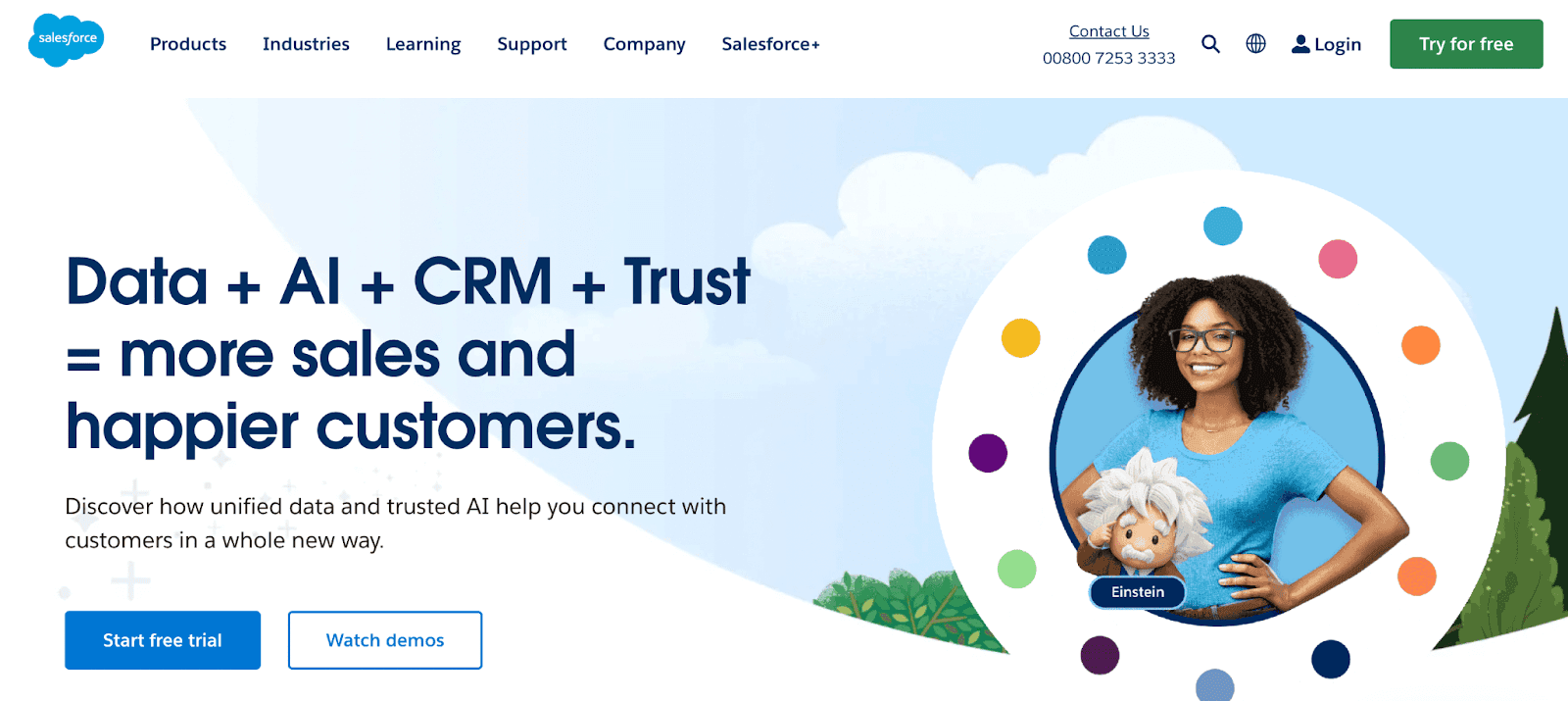
Salesforce is a customer relationship management (CRM) system for managing relationships with customers. With Salesforce, you can create detailed profiles of each customer, track their sales history, and set up automated workflows to streamline your communication.
It's basically a solution for managing all aspects of your customer interactions, from lead generation to retention.
Ready to start boosting your own customer loyalty and retention efforts?
You can boost your brand's customer loyalty and retention without the help of any tools, but let's be honest; it's a lot more efficient with the right tools by your side.
Luckily, there are tools like Dialpad that can help you manage and improve your customer interactions. You can integrate Dialpad directly with your existing platforms and manage all of your customer inquiries in one place. This way, you can offer true omnichannel customer service to your customers, which is a way of standing out from the crowd of competitors.








